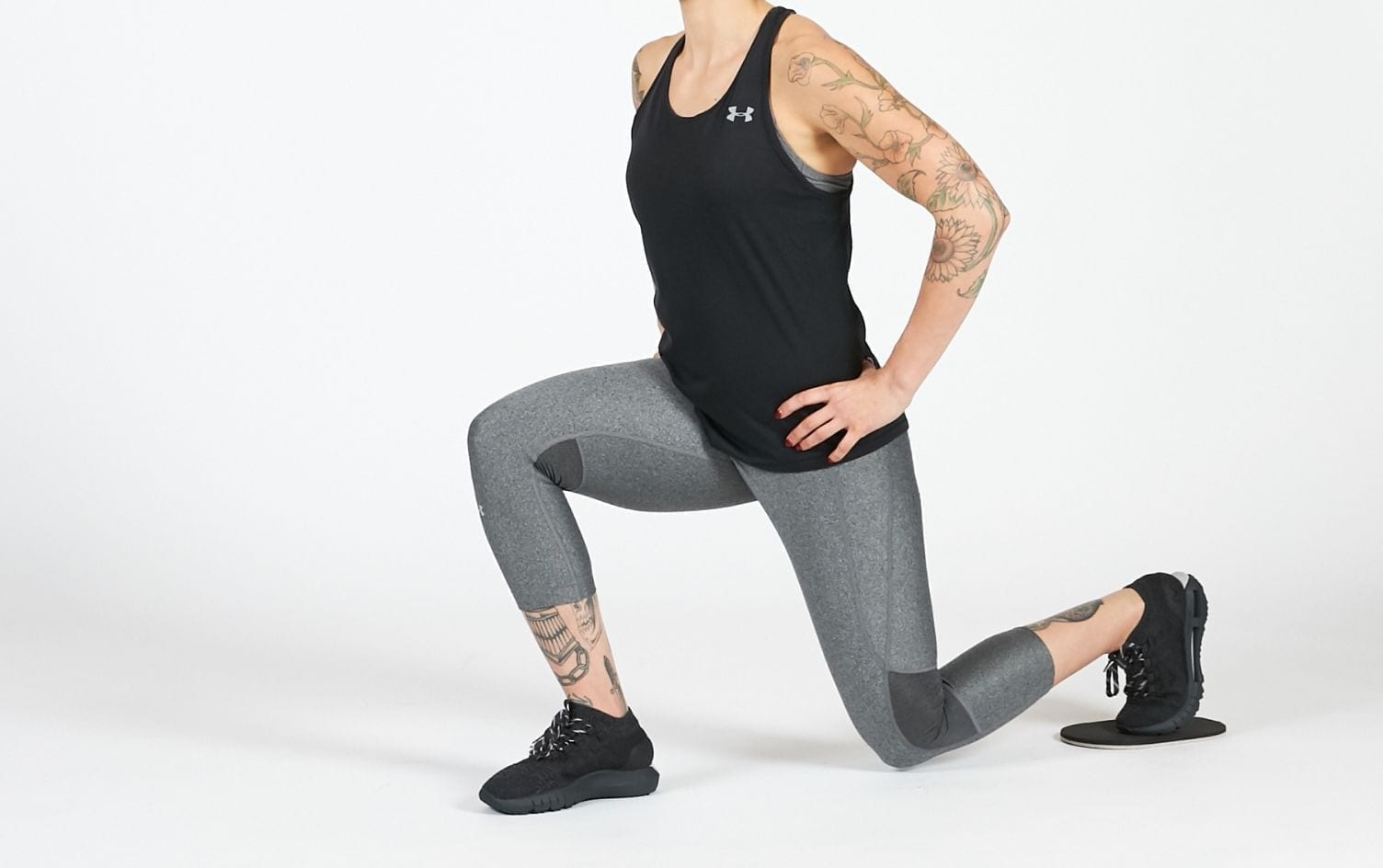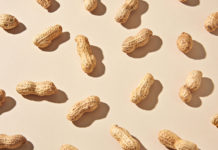
8 Exercises and Drills to up Your Walking Speed
Once you get into the groove of a walking habit and start to reap the benefits like weight loss and an improved mood, you may want to consider increasing your speed. Doing so can help you burn more calories, and brisk walking has even been linked to a longer lifespan.
“I like to look at walking as forward momentum in your workouts as well as the rest of your life,” says Meghan Takacs, a certified personal trainer at Performix House. “The work ethic you have in your workouts is directly applicable to your day-to-day life. Wanting to increase your speed and power means you are mentally ready to take on a physical challenge.”
To increase walking speed, you’ll want to practice certain techniques during your walks, such as perfecting your form and warming up properly. But you can also work to get faster outside of your walks by doing targeted strength and mobility exercises, as well as specific walking drills. Trainers explain which areas you want to strengthen and mobilize and exactly how to do so:
BANDED OR WEIGHTED GLUTE BRIDGES

“These are great for walkers looking to get faster because they engage and strengthen your glutes, the largest muscle in your body, and a major player in the act of walking,” explains Tami Smith, a certified personal trainer.
To perform them, lie on your back with your knees bent and feet on the floor. Loop an exercise band around your legs, placing it just above your knees. Alternatively, place a dumbbell across your pelvis. Pressing through your heels, thrust your hips upward, squeeze your glutes, and pause at the top for a few seconds before lowering, slow and controlled. If using a band, don’t allow the knees to cave in at any point. Start with 3 sets of 10–15 reps.
PLANK

“To move faster, you need to strengthen your core,” says Nancy Feinstein, a running coach and personal trainer. “Being able to stand straight up, with good posture, and move with your shoulders over your hips is key.”
To perform a plank, begin face down either on your knees or toes, using either your elbows or palms to prop you up. “In both arm/hand positions, you’ll need to have your arms or hands directly under the shoulders to protect your shoulders, says Bianca Beldini, DPT, a run coach. Keep your spine long and neutral as you gaze at the floor.
“The most important part of this movement is a strong and engaged core including your abdominals and pelvic floor,” Beldini says. To accomplish this, try to maintain tension throughout your body as you hold the plank position. Aim for 5 repetitions of a timed hold, progressing each time. So for rep 1, hold until you fatigue. Then for rep 2, try to add 1 second. For rep 3, add another second, and so on.
HILL REPEATS
“Hills are a great way to recruit more muscles (which burns more calories) and improve your overall lung capacity, or the amount of oxygen you can hold in your lungs,” Takacs says.
Doing hill repeats as a walker essentially means walking up a hill at a faster pace, then walking back down. This can be done outdoors or on a treadmill. “Hill repeats help keep you engaged because they require more motor skills, and will constantly keep you focused on the muscles you need to make walking up the hill more comfortable,” Takacs adds. And after a bit of practice, walking at a faster pace on a variety of inclines begins to feel easier.
After warming up, walk uphill at about 70% effort for 60 seconds, then walk downhill to recover for 90 seconds. Repeat 8 times. Try this walking workout once a week for best results.
DUMBBELL ROMANIAN DEADLIFTS

“Romanian deadlifts are one of the best ways to target your hamstrings, or the back of your thighs,” Smith says. “Increasing your hamstring strength serves to stabilize your posterior chain, which aids in absorbing the impact of your steps.” That could mean faster turnover and a faster stride.
Start with your legs hip-width apart, holding two dumbbells in your hands. Keep your knees soft throughout the movement. Bend forward at the hips, as if you were trying to close a drawer with your backside. Keep hinging until you feel tension in your hamstrings, then use your hamstrings and glutes to pull the weight back up. Perform 2–3 sets of 10–12 reps each.
REVERSE GLIDER LUNGES

“As far as speed goes, power is key,” says Feinstein. Lunges are a great way to build up the power in your glutes. “Using gliders enables you to maintain constant pressure under your back foot, because it needs to stay connected to the glider,” she adds. “You end up engaging throughout the full range of motion in order to remain stable, so many other muscles are constantly engaged.”
Grab a glider, paper plate or washcloth. Start in a standing position, with your hands on your hips. Gaze forward, keep your chest up, and place one foot on the glider. Start sliding your foot back, allowing your hips to hinge and knees to bend. Keeping the ball of your foot on the glider, descend until the knee hovers above the floor. Return to standing by driving through the front heel. Repeat for 3 sets of 8–10 reps on each side.
To make the move more advanced, hold a kettlebell or dumbbell against your chest. “If you frontload the body with a weight or kettlebell, it will trigger anterior core activation, making the legs and core even stronger,” explains Feinstein.
RUNNERS LUNGE
“Strength is important but so is hip mobility,” Beldini says. “An efficient walking or running gait relies heavily on whether or not you can shift your center of gravity forward, which gives forward momentum to the stride.” To do so, you’ll need to avoid tight hip flexors.
Start by kneeling. Take one leg and bring it forward into a lunge position. Keeping your hips aligned and balanced, abdominals engaged and low back neutral, drive your hips forward to stretch the hip on the kneeling side, Beldini advises. Once you feel a stretch, hold this position for 20–30 seconds. Repeat 3 times on each side.
DEADBUGS

Another great core exercise, Smith recommends deadbugs for working the deep core muscles.
Lie on your back with your knees bent and your feet flat on the floor. Find a neutral spine position, not too arched, but also not pressed flat into the floor. Bring your knees up into a tabletop position, and extend your arms up toward the ceiling. Inhale and expand your rib cage in all directions. As you exhale, lower one arm and the opposite leg toward the floor, keeping your core braced and your spine neutral. Repeat for a total of 8 repetitions on one side, then switch to the other side. Perform 3 sets.
SINGLE-LEG CLOCK BALANCE DRILL
“Balance is incredibly important and often undertrained,” says Beldini. “In order to walk effectively, we need proper proprioception, or the ability to know where our limbs are in space.”
Imagine there’s a clock on the floor, and you’re standing in the center of it. You can also place tape on the ground in the shape of an asterisk, as shown here. Shift your weight onto your left leg and lift your right foot off the ground. With your right leg working clockwise, tap around the edge of the clock from 12 to 6 o’clock. Repeat on the left leg and perform 10 times total on each leg. To make the drill harder, try closing your eyes.
Make progress every day while you work on fitness goals, like walking more steps. Go to “Plans” in the MyFitnessPal app for daily coaching and easy-to-follow tasks to keep you motivated.
































